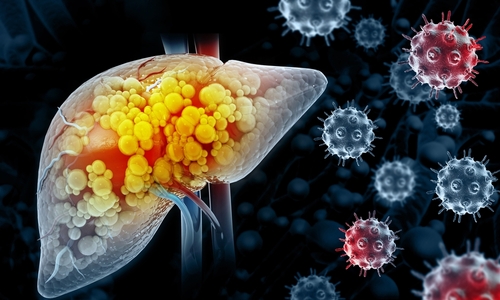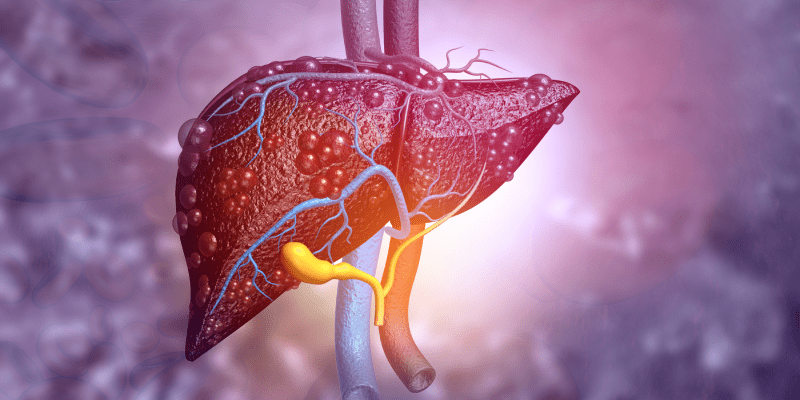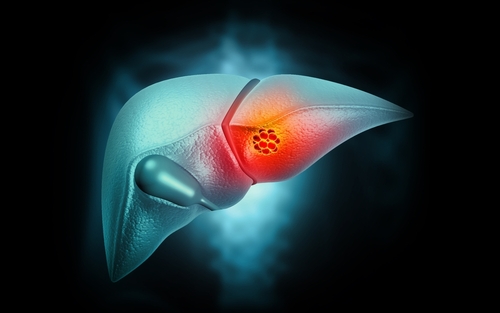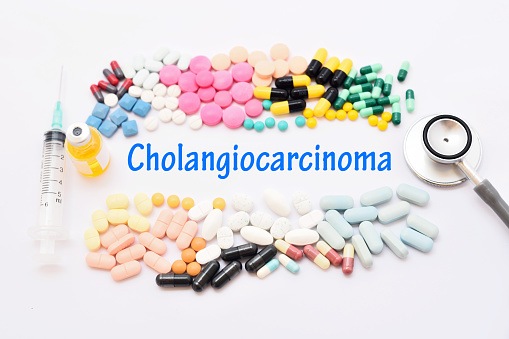
Cody Eslinger, MD, MS, a resident in internal medicine at the Mayo Clinic Comprehensive Cancer Center, presented a case study on hepatocellular carcinoma (HCC) with vascular invasion at the 20th Annual Meeting of the International Society of Gastrointestinal Oncology.
Dr. Eslinger began his presentation by showing a treatment algorithm from the Barcelona Clinic Liver Cancer (BCLC) staging system for patients with HCC, beginning with tumor prognosis, tumor burden, and functional status, followed by individualized treatment paths, including ablation, resection, and local regional therapies such as transarterial chemoembolization.
BCLC stratifies HCC into 5 stages based on extent of the primary lesion, performance status, vascular invasion, and extrahepatic spread. Early-stage HCC is most often treated with surgical resection, while the intermediate stages are generally not candidates for resection and are instead recommended liver transplantation, chemoembolization, palliative systemic therapy, or novel agents. In late-stage disease, best supportive care is recommended.
BCLC as a prognostic tool has had “mixed results,” Dr. Eslinger continued, noting that other prognostic scoring systems outperform it, and its use is somewhat limited to patients who undergo surgical resection.
Then, Dr. Eslinger moved on to the case report, showcasing a 63-year-old male patient who had a history of nonalcoholic steatohepatitis (NASH) cirrhosis and was newly diagnosed with HCC. At diagnosis, his Child Pugh status was class A (6), and his alpha-fetoprotein (AFP) was 304. He was referred to the Mayo Clinic for transplant evaluation. The patient was within the United Network for Organ Sharing criteria.
At diagnosis, the patient received Y-90 radioembolization for bridge therapy. After 6 months, his AFP increased to 1164 and he was deemed unsuitable for transplantation. Six months later he had disease progression with vascular invasion. A computed tomography scan showed a segment VIII lesion (Liver Imaging Reporting and Data System 5) measuring at 2.8 cm with hepatic vein extension. AFP increased again to greater than 3000. At that time, he was treated with sorafenib for approximately 3 months but experienced progression 3 months later, with an AFP of greater than 10,000. The patient was switched to a downstaging strategy with combination ipilimumab plus nivolumab.
After 6 months of this combination, the patient was able to undergo downstaging protocol. His AFP had dramatically decreased to 19.6. There were no new HCC lesions and no evidence of vascular invasion. All of these factors made him a transplant candidate.
His transplant referral showed his model for end-stage liver disease exception was 23, and therapy was discontinued 8 weeks prior to transplantation. He underwent induction with methylprednisolone plus antithymocyte globulin. His explant pathology showed NASH cirrhosis without evidence of residual HCC.
At 6 months post-transplant follow-up, the patient is doing “very well,” with excellent graft function and no clinical signs of HCC recurrence, allograft rejection, or PD-L1/CTLA-4 inhibitor-induced allograft injury.
“The combination of immune checkpoint inhibitors (ICIs) is somewhat controversial, specifically with the risk of graft rejection,” Dr. Eslinger concluded. However, he noted a small cohort study within the Mayo Clinic study involving 7 post-transplant patients who received ICIs following disease relapse. The graft rejection rate was around 29%, and the median onset was 24 days. These data are “important considerations” for patients who have relapse after transplantation and who are candidates for ICIs.





 © 2025 Mashup Media, LLC, a Formedics Property. All Rights Reserved.
© 2025 Mashup Media, LLC, a Formedics Property. All Rights Reserved.